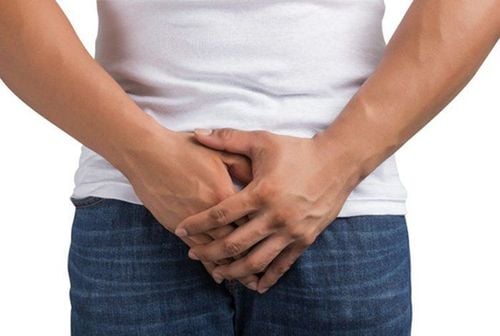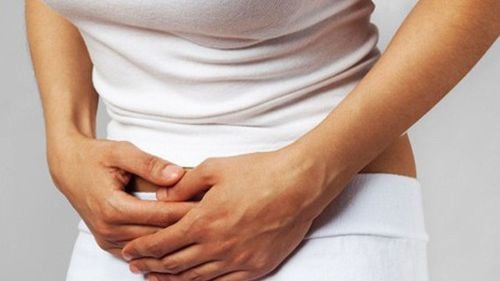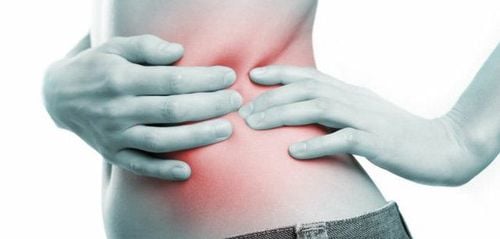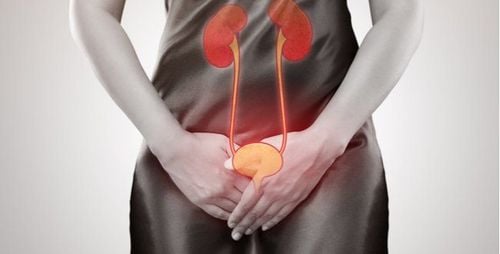This is an automatically translated article.
The article was professionally consulted with Master, Doctor Le Phuc Lien - Urologist - Department of General Surgery - Vinmec Central Park International General Hospital.Retroperitoneal laparoscopic surgery for the treatment of ureteral stones is a minimally invasive interventional method with many advantages compared to conventional open surgery.
1. Learn about ureteral stones
Ureteral stones are solid crystals located in the ureter. When a kidney stone falls and gets stuck in the ureter, it is called a ureteral stone. Ureteral stones are made of salts and minerals in the urine that crystallize together. Once in the kidneys, they are usually painless. But when the stone moves from the kidney through the ureter to the bladder, it often causes severe pain.Ureteral stones are usually formed from mineral salts dissolved in urine. When there are physiological disorders and there are favorable factors such as decreased urine flow, urinary tract malformations, urinary tract infections or genetic factors, dissolved mineral salts will crystallize from a The nucleus is small and gradually becomes a stone.
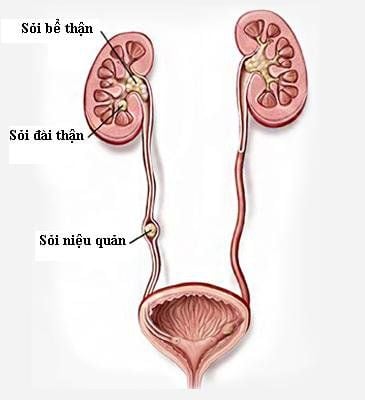
Sỏi niệu quản
Stones fall into the bladder, urethra causing painful urination, difficulty urinating, frequent urination; Stone stuck in the ureter will block the renal pelvis, over time will make the renal calyces thin. When the renal calyx is congested, it will create high pressure, affecting the renal nerve and renal cortex, causing renal colic; When stones rub against the urinary tract, it will increase the risk of edema, inflammation of the mucosa, creating conditions for bacteria to enter and cause urinary tract infections. Patients will have back pain, painful urination, frequent urination,...; If the stone causes a serious infection, it can cause kidney failure; If the kidney has a lot of pus, dilated pyelonephritis, it may be necessary to remove the kidney; Ureteral obstruction causes long-term inflammation, leading to fibrosis of the ureter, renal pelvis and calyx; Severe infection in the urinary tract causes necrosis, causing fistulae of bladder and ureters; Bilateral ureteral stones can cause decreased kidney function, kidney failure, and anuria (no urine);
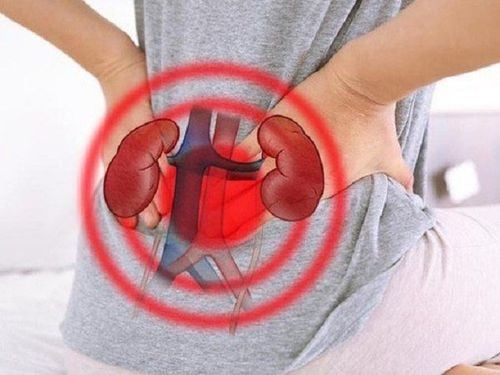
Người bệnh xuất hiện những cơn đau vùng thắt lưng
2. Technique to remove ureteral stones by retroperitoneal laparoscopic surgery
2.1 Indications / contraindications IndicationsStone location and size: Stones in the renal pelvis or ureteral stones in the dorsal segment are indicated for retroperitoneal laparoscopic surgery to remove stones; Number of stones: It is possible to get many stones on the pyelonephritis - dorsal ureteral route; Shape and hardness of stones: In case the stone is too hard, it will be difficult to break through the lithotripsy, so laparoscopic retroperitoneal surgery is usually indicated; Rough stones, firmly attached to the ureter: Indications for laparoscopic stone removal because the technique of lithotripsy outside the body or endoscopic retrograde is very difficult; Stone pathology: Indications for the case of stones blocking the urinary tract, dilating the calyces of the renal pelvis - ureters, reducing the excretory function of the kidneys and the inability to excrete the stones after the lithotripsy outside the body; Laparoscopic stone removal after medical treatment failed; moderate or good renal function (evaluated by intravenous drug nephrography); The surgical area (lumbar area) is large enough for intervention and has not yet operated on the hip and back.
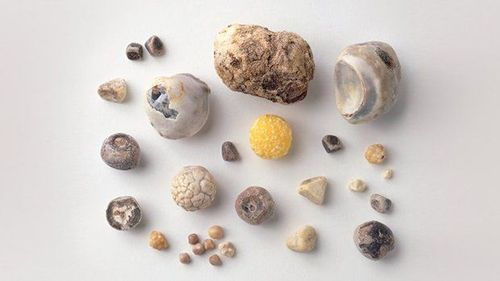
Sỏi niệu quản có nhiều kích thước khác nhau
Obesity; Have a blood clotting disorder; Have an untreated bacterial infection; Have severe lung disease or heart disease; Pregnant. 2.2 Performing surgery Anesthesia and patient position: The patient is placed in a supine position, with padding under the back to flex the body angle; endotracheal anesthesia ; Trocar placement technique: 3 - 5 trocars can be placed. Normally, placing 3 trocars is suitable and convenient for technical manipulations; Creating the retroperitoneal space: Make an incision about 1.5 - 2cm across the axillary line below the head of the 12th rib, separate the fascia and go to the posterior layer of the lumbosacral fascia. Next, make a small incision in the fascia to enter the retroperitoneal space, accurately defining the retroperitoneal space; Anatomy to find the ureter - renal pelvis and remove stones: After determining the location of the stone, open the ureter along the stone and widen the opening of the ureter to remove the stone conveniently. The ureteral stone was removed through a 10mm trocar hole. For large stones that cannot be removed through the trocar hole, use a specimen bag to put the stone in, break the stone in the bag and remove the stone through the 10mm trocar hole; Ureteral catheterization (JJ catheterization): Creates favorable conditions for suturing the ureter, does not narrow the ureter, ensures urine circulation after surgery and avoids urine leakage. Then, suture the opening to get the stone with the target; Remove all trocar tubes, place drains at the surgical site, and close the trocar holes in the abdominal/back wall. With a 10mm trocar hole or abdominal wall incision is sutured as usual.
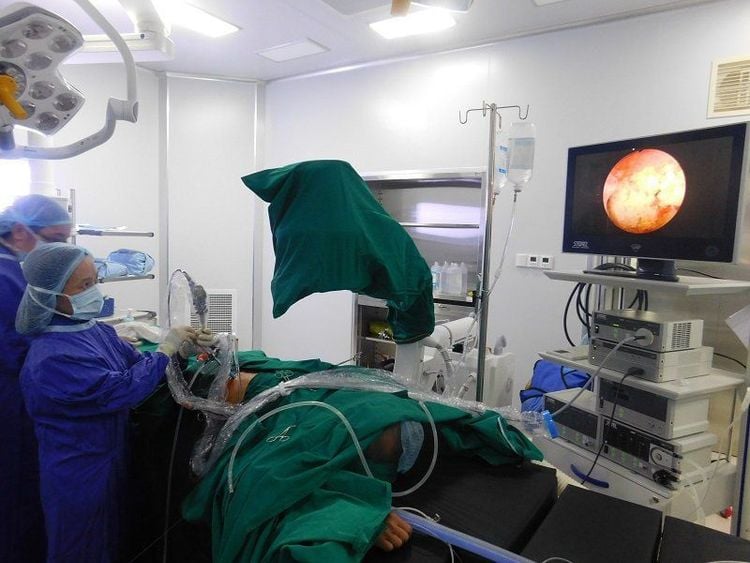
Kỹ thuật lấy sỏi niệu quản bằng phẫu thuật nội soi sau phúc mạc
Recommended video:
Treatment and prevention of Urinary Stones
Please dial HOTLINE for more information or register for an appointment HERE. Download MyVinmec app to make appointments faster and to manage your bookings easily.





